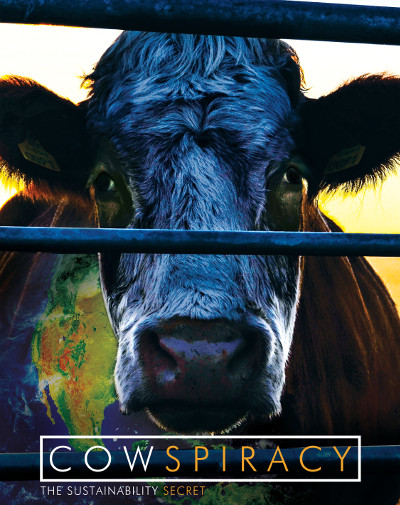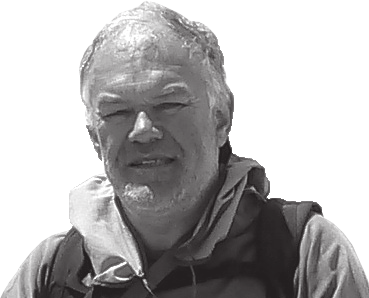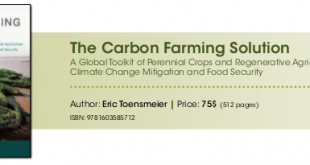about the milk and the meat that nourishes us, that we don’t want to give up. It’s about grazing animals, intensive livestock farming and about global animal agriculture. It’s actually a nice film, this 90-minute, American documentary. It surprises us with its research conclusion, and with the question why environmental organisations such as Greenpeace, WWF, Oceana, Amazon Watch and others actually bypass the subject of meat, quietly ignore it, and gently hush it up. They simply don’t tackle the topic because it doesn’t fit into their business model. Have the green environmental groups got cold feet and found conflicts of interests when collecting donations?
According to a UN report, global meat production is responsible for more greenhouse gases that all car, air and rail travel put together. The water consumption for around 70 billion industrially reared livestock animals will probably soon cost us our lives, because what global water resources are left for humanity if we buy a hamburger which around 2,500 litres of H2O have gone into? What air is left to breathe if we realise that 51% of all CO2 and 567 billion litres of methane emissions daily come from farting cows. Grotesque? What do we think when it slowly dawns on us that the fantastic Brazilian rain forest is just being felled bit by bit so that billions of animals can be reared and graze there to satisfy our never ending gluttony and unrestrained lifestyle. And of course the wood can also be turned into cash.

The film tells the story of our meat consumption and how the streams and rivers, and hence the sea too, are being irreversibly polluted and destroyed by the rearing of cows, pigs and chickens and their faeces. People don’t want to hear such things, and don’t want to go without their meat and their milk. In the process, one billion out of seven billion people are starving. But instead, half of the total wheat, soya and maize crop is fed to the animals that are then consumed but the other six billion. Many scientists, farmers and former breeders report and explain facts and give us an idea of the future. The film draws a circle from the birth and raising of an animal with its many side effects that make us humans ill and cost us dear: in the health sector, through environmental destruction, through the cost of subsidies, the ruining of habitats in rivers and seas, and last but not least through the ongoing torturing of animals with hormones and chemicals.
We take note of the fact that we have more than quadrupled in number in less than 100 years, and most of us have become insensitive and it doesn’t matter to us what sort of a mess we make daily through our carefree lifestyle and continuing ignorance. The main thing is meat. A burger at McDonalds costs four dollars on average. The ancillary costs for everyone on the planet, irrespective of whether they eat one or not, amount to seven dollars. Greenpeace refuses to give an interview; in contrast, the meat lobby is talkative and adopts a frank stance. One quickly realises that there is not enough room on the planet for seven billion people and their 70 billion livestock animals. Every day, there are an average of 216,000 more people with this hunger for meat. Meat eaters produce double the amount of CO2 compared with vegans, and need five times the amount of water, oxygen and land. The only chance left to us by the film is a road-to-Damascus conversion. It would cost us less than death.
 Eco123 Revista da Economia e Ecologia
Eco123 Revista da Economia e Ecologia



